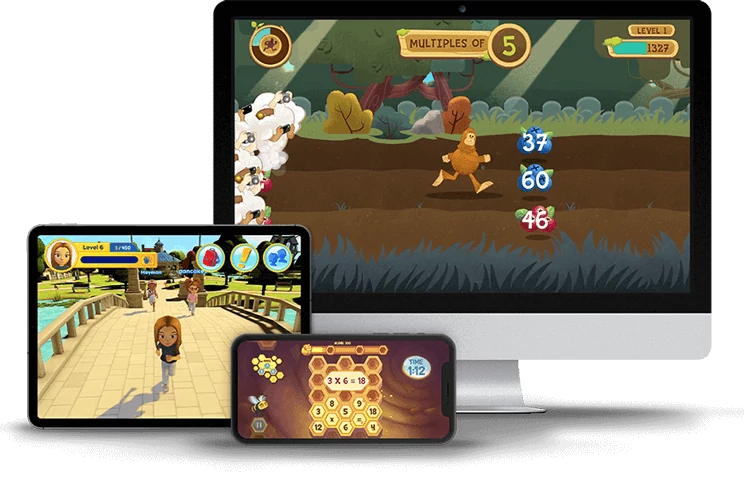Inclusive vs. Exclusive: Rethinking EdTech for Broader Accessibility
In the rapidly evolving educational landscape, the integration of technology has become a cornerstone for effective learning. However, as we delve deeper into the world of Educational Technology (EdTech), a critical question arises: are we creating tools that are inclusive and accessible to all students, or are we inadvertently building barriers? This blog explores the dichotomy of inclusive versus exclusive EdTech and underscores the need for a broader approach to accessibility in education.
The Essence of Inclusivity in EdTech
Inclusivity in EdTech refers to the design and deployment of educational tools that cater to the diverse needs of all learners, including those with disabilities or learning challenges. The goal is to create an educational environment where every student, regardless of their physical or cognitive abilities, has equal access to learning opportunities. Exclusive designs, on the other hand, often overlook these varied needs, thereby creating gaps in education equity.
Examining the Current EdTech Landscape
The current state of EdTech presents a mixed picture. While there have been significant strides in making technology more accessible, gaps still exist. For instance, a 2019 study by the National Center for Learning Disabilities revealed that many digital learning tools are not designed with accessibility in mind, leaving students with disabilities at a disadvantage.
Case Studies of Exclusive vs. Inclusive EdTech
An example of exclusive EdTech design can be seen in some popular learning platforms that lack necessary features for visually impaired students, such as screen reader compatibility or alternative text for images. In contrast, inclusive models are exemplified by Microsoft’s Learning Tools (Microsoft Learning Tools), which offer features like Immersive Reader to assist students with dyslexia.
Inclusive Design in EdTech
Inclusive EdTech design involves principles like universal design for learning (UDL), which advocates for flexible learning environments that accommodate individual learning differences. Google’s Accessibility Features (Google Accessibility) is a prime example, offering tools like voice typing and Braille support, which cater to a wide range of learners.
Henesys Studio’s Inclusive Approach
At Henesys Studio, we are committed to developing inclusive EdTech solutions. Our approach involves a deep understanding of the challenges faced by diverse learners and the creation of tools that are adaptable, intuitive, and supportive of various learning styles. Our products are designed to ensure that no student is left behind, making education more equitable and inclusive.
The Positive Impact of Inclusive EdTech
The impact of inclusive EdTech on education is profound. For instance, Khan Academy (Khan Academy) has made strides in making education accessible to all by providing free, high-quality educational resources online. Their platform demonstrates how technology can be a powerful equalizer in education.
Navigating Challenges for Inclusive EdTech
Achieving inclusive EdTech is not without its challenges. These include ensuring compatibility across different devices, addressing various types of disabilities, and providing adequate training for educators. However, by learning from successful models and continuously innovating, we can overcome these hurdles.
Conclusion
The journey towards inclusive EdTech is crucial for the future of education. It’s about rethinking our approach to technology in the classroom and ensuring that every student has the tools they need to succeed. As we continue to develop and refine educational technologies, our focus must remain on creating solutions that are as diverse as the learners they are designed to help.
As leaders in the EdTech industry, Henesys Studio is dedicated to this mission. We believe in the power of technology to transform education and are committed to leading the charge in developing inclusive learning tools. We invite educators, developers, and policymakers to join us in this endeavor to make education accessible to all.
In the spirit of inclusivity, we encourage readers to advocate for and support EdTech solutions that bridge the accessibility gap. Together, we can create a future where every student has the opportunity to learn, grow, and thrive in an increasingly digital world.





0 Comments